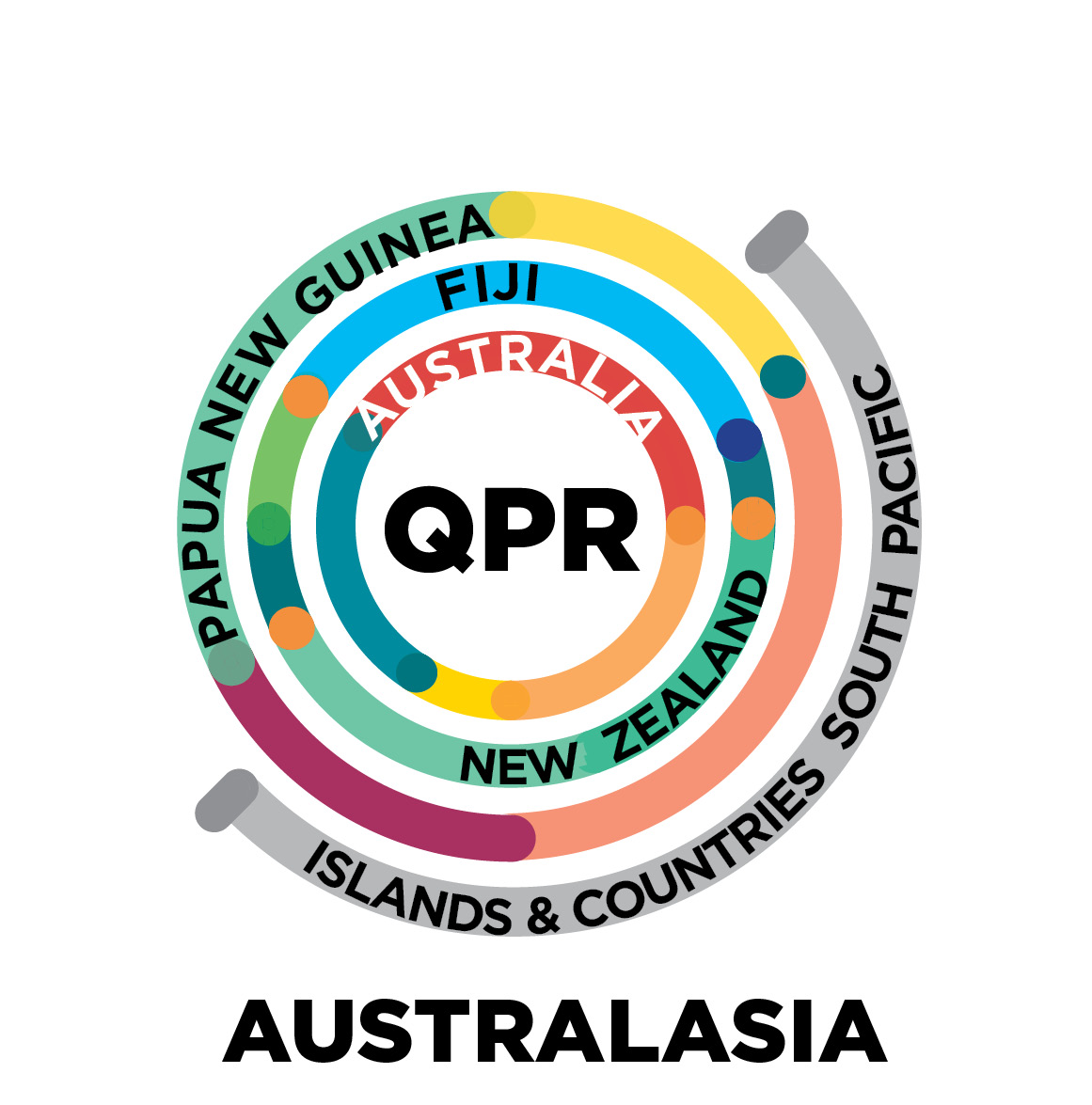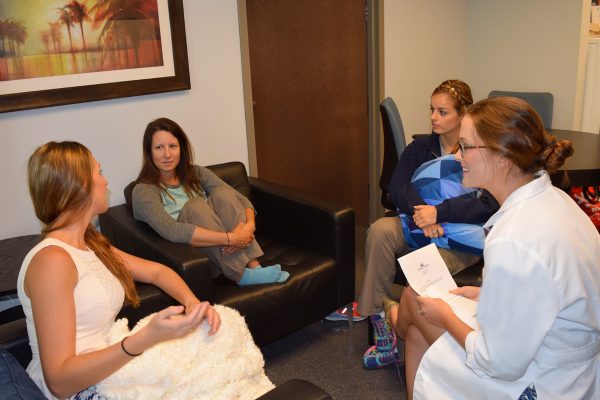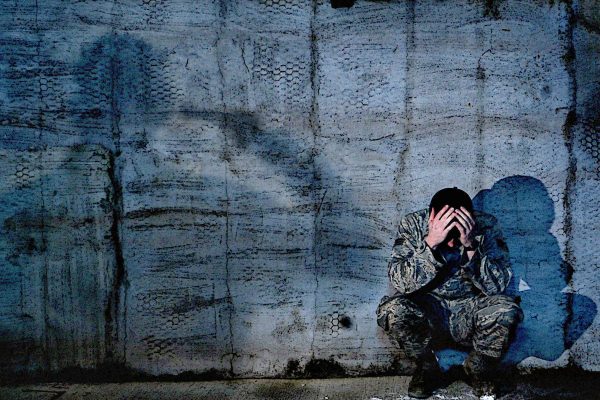
QPR for Nurses
The QPR for Nurses program is intended to prevent suicide not just among patients, but among nurses, their co-workers and family members. This earn this certificate requires a minimum of 6 hours of training and passing a national clinical and content exam. This two-certificate training program targets patient safety, teaches a suicide screening tool, a best practice rapid assessment protocol, and updates emerging practice standards. The course includes 1 hour of content on how to prevent veteran suicide.
$116.00
As background to this building this course, the QPR Institute worked with a number of nursing organisations to tailor this training to the needs of learners. With the assistance of the Colorado Emergency Nurses Association, specific attention was paid to the needs of nurses working in Emergency Departments. Later refinements were offered by faculty members of the Washington State University College of Nursing Education.
Why this training:
- Nurses have a high degree of line-of-duty exposure to suicidal behaviors, both in the pre-attempt phase (when suicidal persons are communicating intent and desire to attempt suicide via suicide warning signs), and after a suicide attempt or completion.
- Suicide is among the top five causes of death among nurses (Belanger,2000)
- As health care professionals, nurses also have higher-than-expected exposures to secondary trauma resulting from suicidal behaviors, particularly in the ED.
While perceived comfort and competence in conducting suicide interventions or dealing with suicide events varies considerably, many nurses have not had specific suicide prevention training that would be beneficial to the health and safety of fellow employees or suicidal patients. - Reference: Belanger,D. (2000). Nurses and suicide: The risk is real. RN,63(10),61
The final exam is a 25-item test that few health care or mental health professionals can pass without completing this course or one like it. In past studies, and before specific training in suicide prevention, nurses fail this exam at roughly 95%.
Finally, the four primary goals of the QPR Institute are these:
- Raise public awareness about suicide and its prevention.
- Provide low-cost, high-tech, effective, basic gatekeeper and intervention skills training to lay persons who may be able to prevent a suicide.
- Provide suicide prevention and intervention training programs for a variety of professionals and for undergraduate, graduate and post-graduate students preparing for careers in the helping professions.
- Reduce morbidity and mortality of suicidal patients, students, and employees through a systems approach to suicide risk reduction that enhances detection of suicidal behaviours and those clinical competencies necessary to assess, manage, monitor, and treat patients known to be at elevated risk for suicidal behaviours.
As of this writing in the winter of 2014, the Institute has trained more than 15,000 Certified Gatekeeper Instructors who have, in turn, trained more than two million gatekeepers worldwide. In addition, thousands of clinical health care providers have been trained in how to detect, assess, and manage suicidal consumers.
If this sounds like an "army" of people helping to prevent suicide, it is. Now, with your help, we will create a new division in that army of educated, trained nursing professionals to help prevent suicide around the globe.
Suicide is one of the most critical health concerns, both in Australia and on a global scale. In 2015, over 3000 Australians died by suicide. For every suicide death, as many as 25 individuals will attempt suicide, and for some communities, such as Aboriginal and Torres Strait Islanders and LGBTI people, rates of suicide attempts and deaths are even higher.
Over the past decade in Australia, there has been a 20% increase in the number of suicides and suicide is the leading cause of death for Australians aged 15-44.
We also know that suicide rates of Aboriginal and Torres Strait Islander people are at least twice that of non-Indigenous Australians, and that while women make more suicide attempts, 75% of suicides are by men.
Some people in the community are particularly vulnerable, for example men aged 18 to 24 who have previously served in the Australian Defence Forces are twice as likely to die by suicide as men of the same age in the general population. Other workforces with higher risk of suicide can include those working in agricultural, transport and construction and health sectors.
While expert opinion may differ as to what helper competencies are required to assist suicidal persons achieve the most beneficial outcomes, little controversy exists about the lack of qualified manpower to help the thousands of people who think about, attempt, and sometimes die by suicide.
Even among licensed professionals there is a serious lack of systematic training in how to a) detect suicide risk, b) assess immediate risk for suicidal behaviors and c) provide helpful crisis mitigation services to suicidal persons.
The primary mission of the QPR Institute has been to provide technology transfer of evidence-based knowledge into useful skills and helpful interventions for those wishing to assist suicidal persons. To this end, the Institute has developed comprehensive training programs to address the training deficits among clinical providers as outlined in the National Strategy for Suicide Prevention, and to provide customized suicide prevention training to match the service setting and the levels of duty professionals in those settings have for the health safety of those they serve.
The history and source of these training programs is derived from earlier research and development work in partnership with Washington State University, The Washington Institute for Mental Health Research, the Washington State Youth Suicide Prevention Program, Spokane Mental Health (now Frontier Behavioral Health), and Spokane County Regional Health District. Much of the content of this training program was evaluated and refined by the author as a guest lecturer at a school of nursing education.
We know that nurses are in frequent contact with at-risk populations and need to know as much about suicidal behaviors and how to intervene to reduce risk and enhance safety as do trained mental health professionals. To this end, the online program you are about to take is intended to train you in the knowledge and skills you will need to provide competent services in suicide risk detection, initial assessment, and how to immediately mitigate the risk of a suicide attempt.
As you will learn in this course, exposure to suicidal patients "goes with the territory" of the nursing profession whether you are a psychiatric nurse practitioner or working in a school or health clinic setting.
This training is not a substitute for a university degree in counselling or other helping profession, nor can it provide the face-to-face supervised experience those in the helping professions are provided in the course of their professional career development.
- Participants must be at least 18 years of age
- If employed by, or volunteering for, an organisation, participants agree to accept all expectations and employment rules of their parent organisation. The QPR Institute does not vet or otherwise qualify students for this course.
Modularised in a rich mix of text, video, voice-over PowerPoint™ lectures, interactive practice sessions, and other state-of-the-art interactive and e-learning technologies, the QPR for Nurses training program provides two certificates, one for completing the Level I QPR Gatekeeper Training for Suicide Prevention requires, and the second QPR for Nurses Certificate in Suicide Prevention. Passing the national exam demonstrates that the learner has acquired more knowledge about suicide and its prevention than a large majority of mental health professionals.
From this training program, participants should be able to:
- Understand suicide as a major public health problem
- Understand the common myths and facts surrounding suicide
- Identify unique verbal, behavioural, and situational suicide warning signs
- Recognise and screen someone at risk of suicide, with a focus on Emergency Department patients
- Know how to inquire about suicidal intent and desire
- Know how to inquire about capacity for suicide and self injurious behaviour
- Recognise at least three suicide warning signs
- Recognise at least three risk factors for suicide
- Recognise at least three protective factors against suicide
- Demonstrate increased knowledge, skills, self-efficacy and intent to act to intervene with suicidal people and patients
- Know how to engage and assist a suicidal colleague or co-worker
- Know the difference between "known at risk" patients and "unknown at risk" patients
- Know how to conduct a brief triage assessment of acute suicide risk
- Describe "means restriction" and identify individual characteristics and hospital environmental features that may increase or decrease the risk for suicide
- Address immediate patient safety needs and determine most appropriate setting for care
- Know materials, phone numbers, and patient/family information to provide at discharge or point of care site
- Be familiar with "hand off" procedures for patients at risk for suicide
- Understand the nature of suicide and describe at least one theory of suicidal behaviour
- Describe and locate major suicide prevention web sites and online resources
- Demonstrate increased knowledge about suicide and its causes
- Engage in an interactive and helpful conversation with someone who has attempted suicide
- Engage in an interactive and helpful conversation with the loved ones or family members of someone who has died by suicide
- Describe clinical groups at high risk for suicide
- Describe how and why "suicide proofing" an inpatient room and ward may prevent adverse events.
- Describe the relationship of mental illness and substance abuse to suicide and understand the fundamentals of our current knowledge about suicide and its prevention



